I have a lot of unfinished work laying around my studio. Okay. Maybe “a lot” is overstating it, but at any given time, there are anywhere between three and a dozen. These false starts tend to be small, personal works that just never fully congealed. None of them are particularly high-minded affairs or even attempts at greatness. Most are just attempts at pulling an image out of my head and putting it onto a surface. But that doesn’t always make for compelling art—especially when I fail to dedicate enough time, planning, or focus to bring them to anything resembling a satisfying conclusion.
Anyway, these pieces tend to sit around for a while (I have some that are a couple decades old at this point) and every so often I’ll grab one and pick at it in an attempt to bring it out of it’s suspended nose-dive in the hope that I can save it.
I refer to this activity as “crack-filling,” because it’s often busy work between paid gigs, but not always. Sometimes I use this activity to relieve stress or to pull my mind away from some other piece I’m struggling with so I can ruminate on a solution and keep up my painting momentum. As such, I try and keep the stakes of such work low, and keep the process meditative without being particularly demanding. Regardless of what crack the work is filling, if I’m lucky I’ll be left with something worthwhile.
Years ago, I did the a piece for Magic called, Wasteland (below). I really enjoyed working on it and I was pretty content with where it landed.
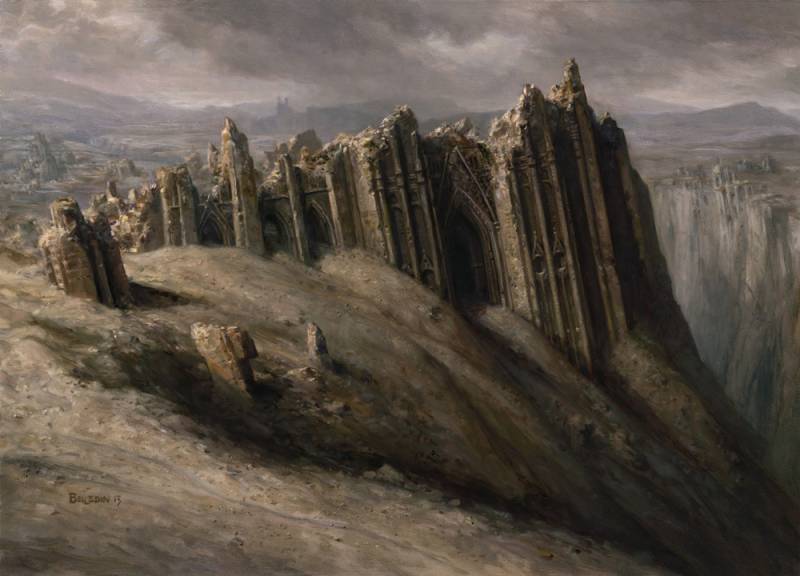
This is probably in my top 10 favorite Magic pieces I’ve ever done. I’m not even sure it’s one of my best, but it was a managed to get incredibly close to the image I had in my head.
Shortly after handing Wasteland in, I started a little piece that was an attempt to recapture some of the joy I felt working on the original piece. The subject matter was similar but I tried to give it a different setting. Whatever my intentions might have been, this new piece fizzled. Hard.
Side note: I fail a lot. At least I feel like I do. Regardless of whether that’s objectively true, I share my shortcomings in a hope that folks reading this will manage to avoid some of the mistakes I’ve made (and continue to make). I’m also hopeful that my sharing this stuff helps chip away at the notion that all professional illustrators have their acts together and are confident in everything they do, which is a notion I used to have and that I used to bludgeon myself with because I didn’t have my act together and thus felt inadequate and unworthy of doing this for a living. I got over that (mostly). But it wasn’t easy and I’d really love it if I was the last person who ever felt that way.
Anyway, here’s what my attempt to recapture a piece of Wasteland’s success looked like:
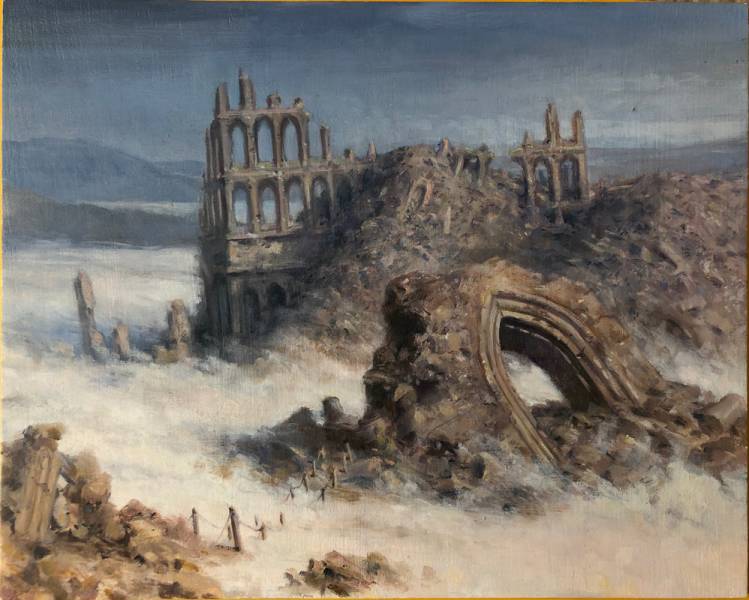
I think the white stuff might have been snow at one point. Or maybe clouds? Honestly I don’t recall as this is thirteen years old. What I do know is that I worked and reworked this piece and sunk a lot of time into it before I realized that it wasn’t working.
So I got the piece to this point and realized I really hated it. I didn’t need to reuse the board it’s painted on so it survived in this state for several years. At one point I took a shot at saving it by adding a dragon. I figured doing so was the fantasy equivalent of Norman Rockwell’s statement about adding a puppy to a painting if the painting isn’t working, and if it still isn’t working, put a bandage on its paw. But the dragon fixed nothing. It was just another element that wasn’t clicking. Besides, adding a dragon really isn’t a solution that feels particularly organic to me. I don’t really have a lot of interest in dragons. I mean, I like it when other people paint them, but I’m not personally moved to do so. In retrospect it feels like I was really grasping at straws and maybe coming up with cynical solutions. Anyway, I ended up wiping that dragon before it could dry.
More years passed and the piece sat around in a drawer to be forgotten. Earlier this year I found it again and saw it with fresh eyes. I decided that I liked several elements within the piece, but didn’t really like the piece as a whole. So I figured I’d take the above cellphone shot, pull it into Photoshop and devise a solution that I could work toward.
And so I did.
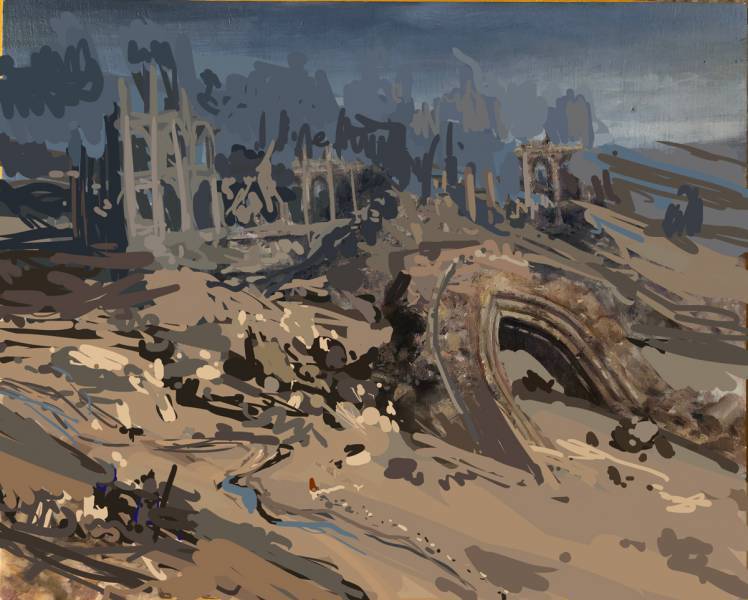
Whereas the goal with sketches for clients is to communicate an idea as well as a clear means of executing that idea, the goal for sketches for myself is just to put down enough information that the idea I had when scribbling is conveyed. Because I am the audience, and I know myself, I don’t need to be as clear. The gray area is a feature, not a bug.
The above is…not a good painting. Despite its poor execution, this gave me what I needed to move forward. I would keep a few things, retool others, and figure the rest out along the way.
Again. A low stakes piece. If I still wasn’t happy with the result, I could take a new photo of it, bring that into Photoshop and try all over again. For the immediate future, all I cared was I had a vague target to move toward and I didn’t have to tax myself in the process.
And so I went to work.
Process shots would probably be nice, but my crack fillers really aren’t painted in an organized fashion. Five minutes here a half-hour there. Sometimes I got a few hours in, but it was never a main focus kind of endeavor. And maybe that’s an inherent weakness to this kind of work. No momentum gets built and there’s very little continuity along the way. On the upside, though, the piece didn’t get to feeling stale.
Generally speaking, I’m not very precious with my work. I destroy the stuff I’m embarrassed by, and am quick to sell things that maybe I shouldn’t. Save for a few pieces I’ve done, I see the work I do as a pretty transitory thing. I make paintings and I send them off to where they need to go (even if that place is the garbage bin). The fact that false starts like this one stick around feels somehow incongruous with that attitude. Why do certain incomplete pieces get to stick around instead of being sanded down and painted over?
To be honest, I don’t know. I mean, they’re not brilliant pieces. Even the versions of them that were in my head during their humble beginnings were nothing worth bragging about. Maybe it’s a sunk cost kind of thing where I’ve put enough time into them where I don’t want to completely trash my efforts? Or not? Regardless, I have no defense for keeping any of them. I just do. And that’s a good thing as they do come in handy, from time to time. While they may live in a weird state of frozen disappointment, they all have a whole lot more baked into them. They are a snapshot of me in a different time (and often a different place). In some ways coming back to them and seeing them completed is as much an act of moving on as tossing them aside permanently.
Or maybe I’m just frugal and didn’t want to throw reusable materials out.
Meh. A little from column A, a little from column B….
Regardless this piece served its primary purpose: it filled the cracks and kept me working from one project to the next. Despite being signed, I may not actually be done with it. Of course, I’ll have to weigh the relative value of repeatedly going into this piece vs. moving on and starting something new so we’ll see. I’m just not 100% sure it’s gotten all the way to where it needs to be. But maybe that’s okay. It is just a crack filler, after all.


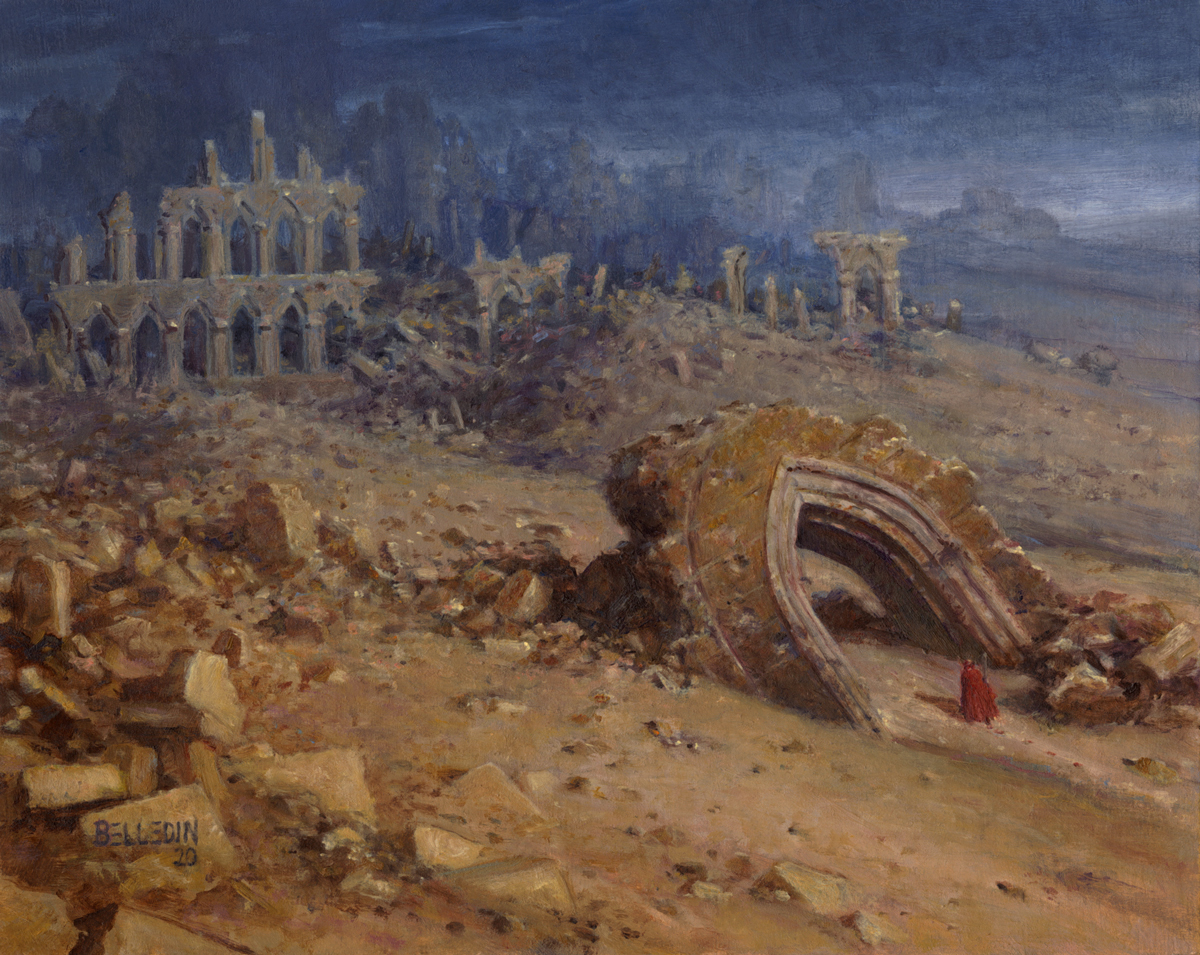
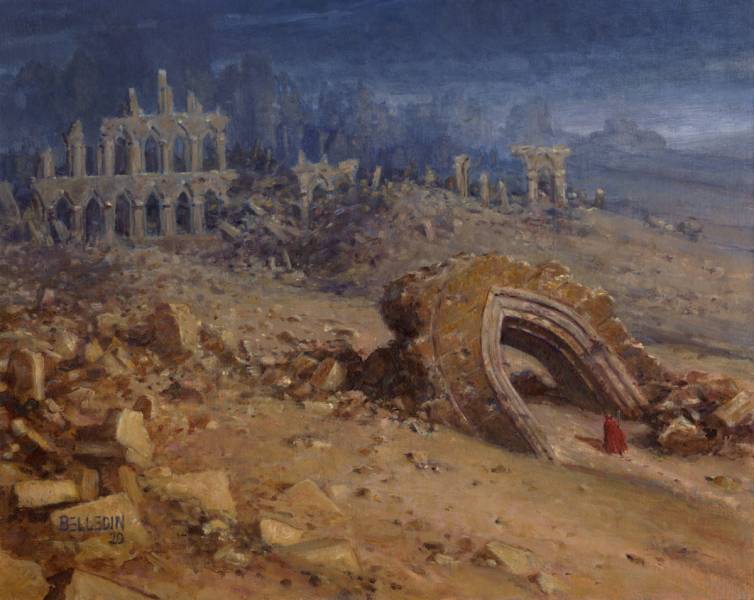


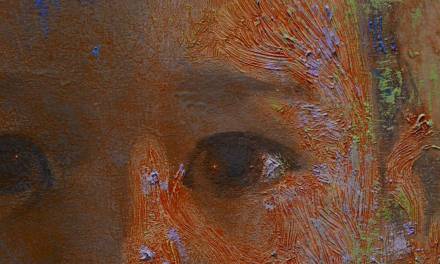
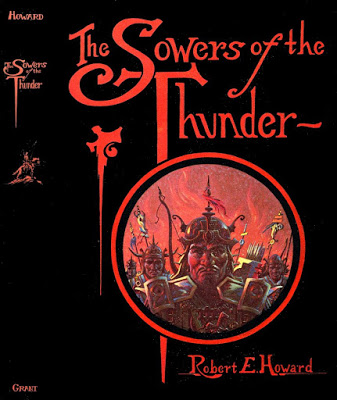
Love this post <3 You put into words so many of my own vague feelings about confidence, having one's act together, and about the unfinished pieces that lay around for months or years, tugging at my attention.
Thanks for the post Steve, love it. Believe me it helps a lot to hear this from an artist like you, and I think it reflects the mindset of most of us. Alos it makes me feel I am on the right track after all, as I also have a lot of stress reliefing crack filleres laying around:)
대전출장마사지로 쉽고 간편하게 집에서 경험해볼 수 있습니다.